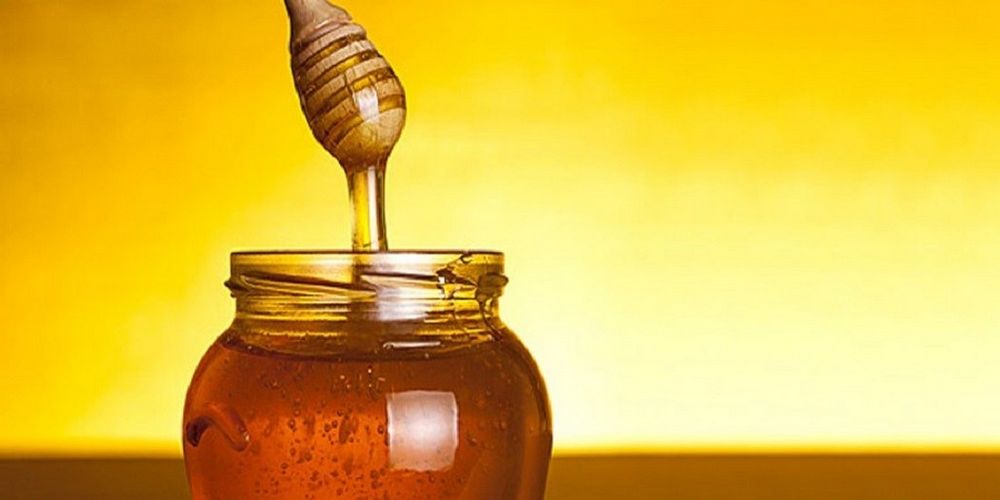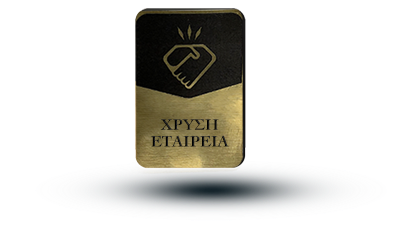- Αρχική
- Η Εταιρεία
- Υπηρεσίες
- Κατ' Οίκον Ανάλυση
- Chem-Zine
- Πελάτης
- ΠΕΙΤΕ ΜΑΣ ΤΗ ΓΝΩΜΗ ΣΑΣ
- Blog
Honey and the 11 necessary analyses - What new does the legislation require?

Δείτε επίσης:
Compared to previous years, there is a change in the parameters that the legislation requires to be controlled in order for our product to be marketed in the European Union (and therefore in the Greek market).
The legislation added mandatory analysis for:
1) Lead according to Regulation 2023/915 which applies from April 25, 2023. The maximum limit was set at 0.1 mg/kg.
2) in the same legislation, a legislative limit was established for the first time for pollen and its products with regard to pyrrolizidine alkaloids with an upper legislative limit of 500 μg/kg.
From there on, the analyses that continue to be necessary according to Directive 2001/110 and the Food and Beverage Codex are the following :
3) Humidity: humidity should not exceed 20% for the majority of honeys and 23% for heather honey.
4) Content of non-water-soluble substances: Generally not more than 0.1% and for pressed honey not more than 0.5%.
5) Glucose and fructose content: Their sum must be greater than 60% for blossom honeys or 45% for honeydew honeys or a mixture of honeydew and flowers.
6) Conductivity: Honeydew honeys must have a conductivity greater than 0.8 mS/cm while blossom honeys must have a conductivity less than 0.8 mS/cm. Exceptions to this rule are the honeys of Arbutus unedo, Erica, Eucalyptus, Tilia spp., Calluna vulgaris, Manuka or Jelly bush (leptospermum), and Melaleuca spp., which can have a conductivity greater than 0.8 mS/cm.
Regarding conductivity, there is a specific categorization depending on the type of honey. Thus, pine honey must have a conductivity >0.9 mS/cm, fir honey >1.0 mS/cm, chestnut honey >1.1 mS/cm, thyme honey <0.6 mS/cm and orange honey <0.45 mS/cm.
7) Sucrose content: The sucrose content must not exceed 5%.
8) HMF content: The maximum value is 40 mg/kg.
9) Diastase Activity: The value must be greater than 8, with the exception of orange honey which must have a value >3.
10) Free acidity: Must not exceed 50 meq/kg of sample.
11) Pollen analysis: It is necessary when honey is labeled as to its botanical origin (e.g. thyme honey, pine honey, etc.)
Depending on the country of distribution or export, you may also be asked for an analysis of pesticides and antibiotics that may have been used to combat varroa and other cases.
If you like our articles, follow us on facebook and subscribe to our youtube channel
For more information please fill out the Contact Form below or call us at 2231 2231 99 from 9:00 to 17:00.
Ενημερωτικά Δελτία

Η Εταιρεία
Το Γενικό Χημείο Έρευνας και Αναλύσεων Πασιάς – Ραπτοπούλου είναι ένα σύγχρονο Κέντρο που δραστηριοποιείται στον κλάδο των χημικών αναλύσεων και της έρευνας.
Τυμφρηστού 181 Λαμία
+30.2231.2231.99
+30.694.954.3858











